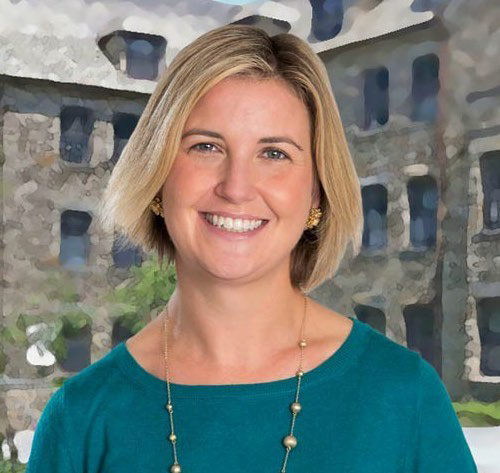Oral
Stormwater (UWRRC)
Developing an Understanding for Reference Rainfall of the Future relative to Extensive Observations of the Past.
Monday, May 19, 2025
10:45 AM - 11:00 AM Alaska Daylight Time (AKDT)
Room: Room 13 & 14
.jpg)
Matthew W. McGauley
Graduate Research Assitant
Villanova University, Pennsylvania, United States
Bridget Wadzuk
Villanova University, United States
Author(s)
Co-Author(s)
Abstract Submission: Albright and Schramm (2018) introduced a novel methodology for the assessment of reference years of rainfall, which represent the most typical rainfall patterns from a historical set of observations. Their metric determines the cumulative square difference of a given year of rainfall against all other years on record for all time steps within a year (adjusting for leap years). The records that deviate the least from all other years are considered reference years of rainfall, and all other are outliers. While this metric provides a robust method for assessing the rainfall patterns across years, it does not provide context to the types of events that are unique to each category and their frequency (i.e., what patterns of rainfall within categories are driving the classification). The metric was applied to extensive dataset of 83-years of hourly rainfall observations from the Philadelphia Airport. The current investigation aims to assess the commonalities of statistically similar years of rainfall, relative to the category a year was assigned by the distance metric, using aggregated statistics from daily rainfall across all years on record using a combination of unsupervised machine learning and Monte Carlo simulations. This work is aimed at developing a workflow that, in combination with synthetic timeseries of rainfall data for a given location under climate change scenarios, could be used to assess whether years similar to those of future scenarios have already been observed. This workflow could be compared against other areas to find other similar weather regions to better understand the impact of future climate changes.
Learning Objectives/Expected Outcome (Optional) : The purpose of this analysis is to understand the driving force of historical and future rainfall patterns at the regional scale, and assess whether our understanding of future rainfall patterns can help to identify historical periods that are indicative of future norms. Overall, this would aid in identify historical observations that can be used to ground truth future projections.
Learning Objectives/Expected Outcome (Optional) : The purpose of this analysis is to understand the driving force of historical and future rainfall patterns at the regional scale, and assess whether our understanding of future rainfall patterns can help to identify historical periods that are indicative of future norms. Overall, this would aid in identify historical observations that can be used to ground truth future projections.

